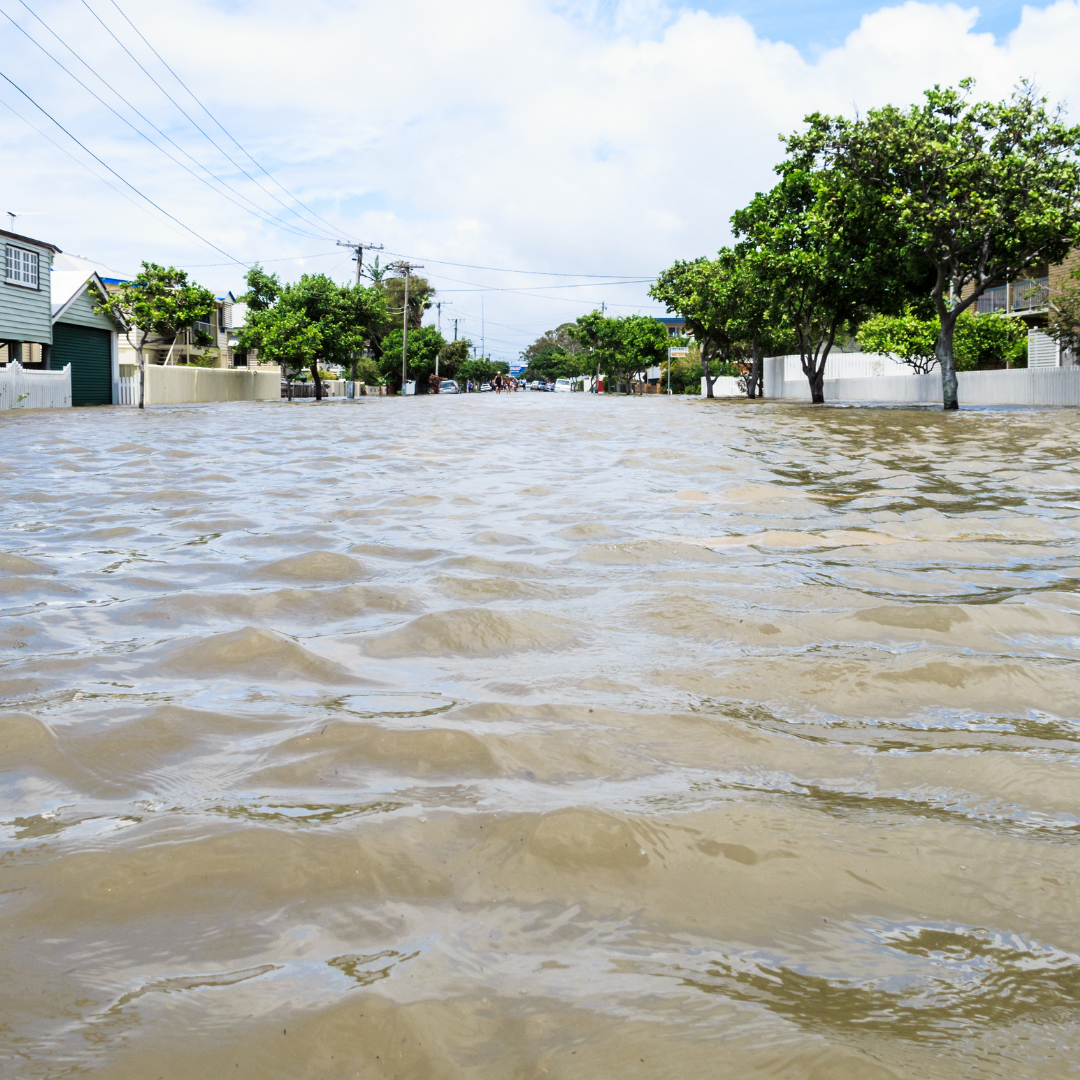Australian business and government agencies have coped with COVID-19 and the restrictions well. The majority of Australians are following government guidelines and consequently many staff are working from home therefore leaving staff numbers at a low. In spite of COVID-19 staff have kept things operating and have done so brilliantly, however; we can expect storms, fires, floods, power outages and other events that we generally cope with will occur on top of COVID-19.
During the past year, we have observed that due to COVID-19 the ability to manage emergencies, mitigate the risks and absorb the consequences are dramatically reduced, leaving businesses vulnerable. We have conducted reviews for government and ASX top 100 companies, and the common theme is that the additional event plunged the organisation into crisis, where large financial losses and health and safety issues have emerged.
So why are so many businesses plunging into crisis? Many businesses have staff working from home and have deferred onboarding new and replacement staff during COVID-19 disruptions. Therefore, many businesses are already short staffed and are merely maintaining the status quo. Maintaining the status quo, or business as usual is a full-time job, particularly when we are working remotely, and we are already short staffed. While working remotely communications rely upon electronic mediums, the loss of electricity due to a storm, or an interruption to an IT system severely limits the communications between staff and management. During an emergency event management might not realise that the company is in crisis, as the communications are limited.
For those with business continuity or emergency plans, they were not designed for remote working. Usually, the first step of a response plan is to notify the team, and step 2 is to assemble the team within a designated meeting room. Assembling the team within Zoom or Mircrosoft Teams is generally very achievable yet, access to records, procedures, stakeholder lists, role statements, checklists etc. are hampered as many of these items are stored in boxes in the designated emergency management room or on an internal drive. If IT is down (which well could be your crisis), the hard copies are sitting in boxes. Therefore, several members of the business’s teams cannot access instructions, contact numbers and procedures.
An additional challenge is management of fatigue. Monitoring hours when people work remotely is almost impossible if there is no check-in and check-out protocols. Most fatigue management is by observation, but how can you observe the hours that your staff are working at home? The comparisons between high levels of fatigue and alcohol impairment are well documented. Does an organisation want critical decisions made during an emergency by the equivalent of a drunk?
Many plans have designated roles that require tabards to be worn so staff and management can identify who is managing which role. Unfortunately, most of us do not keep a box of tabards at home, so identification means are hampered. Also, sharing of information from whiteboards, situation reports, action plans etc are delayed, and many miss out on being on the distribution list.
There is a way to prepare for the next emergency, by running you and your team through some simple scenarios. In Melbourne, we expect 8 to 14 storms per annum that will cause damage. Ask yourself how your organisation could cope with a storm that stops business operations by taking out your power and IT. How would you respond with your staff at home. Will they be able to:
- Access procedures?
- Locate company information and access data they require to carry out the response?
- Find stakeholder details and contact them with the information the stakeholders require from a remote location?
- Discharge their duties remotely?
- Properly discharge a response using Zoom or Microsoft Teams?
- Perform, or do they require additional or refresher training?
Critically ask these questions. If the answer is no or maybe, you can develop procedures or checklists. Additionally, prepare a plan to manage fatigue. We have conducted multiple reviews for organisation’s, and fatigue management is the recurring theme. The most compelling reason is to look after your people, and it is law to provide a safe workplace and huge penalties apply to managers and business owners that do not.
In conclusion ask yourself how resilient is your organisation, or is it a heartbeat away from a crisis?




